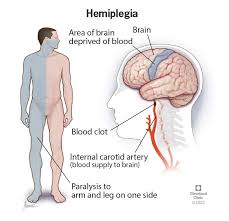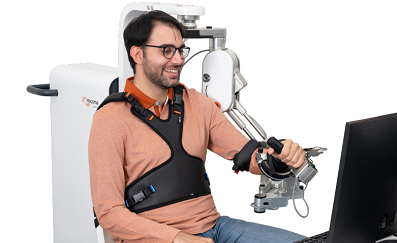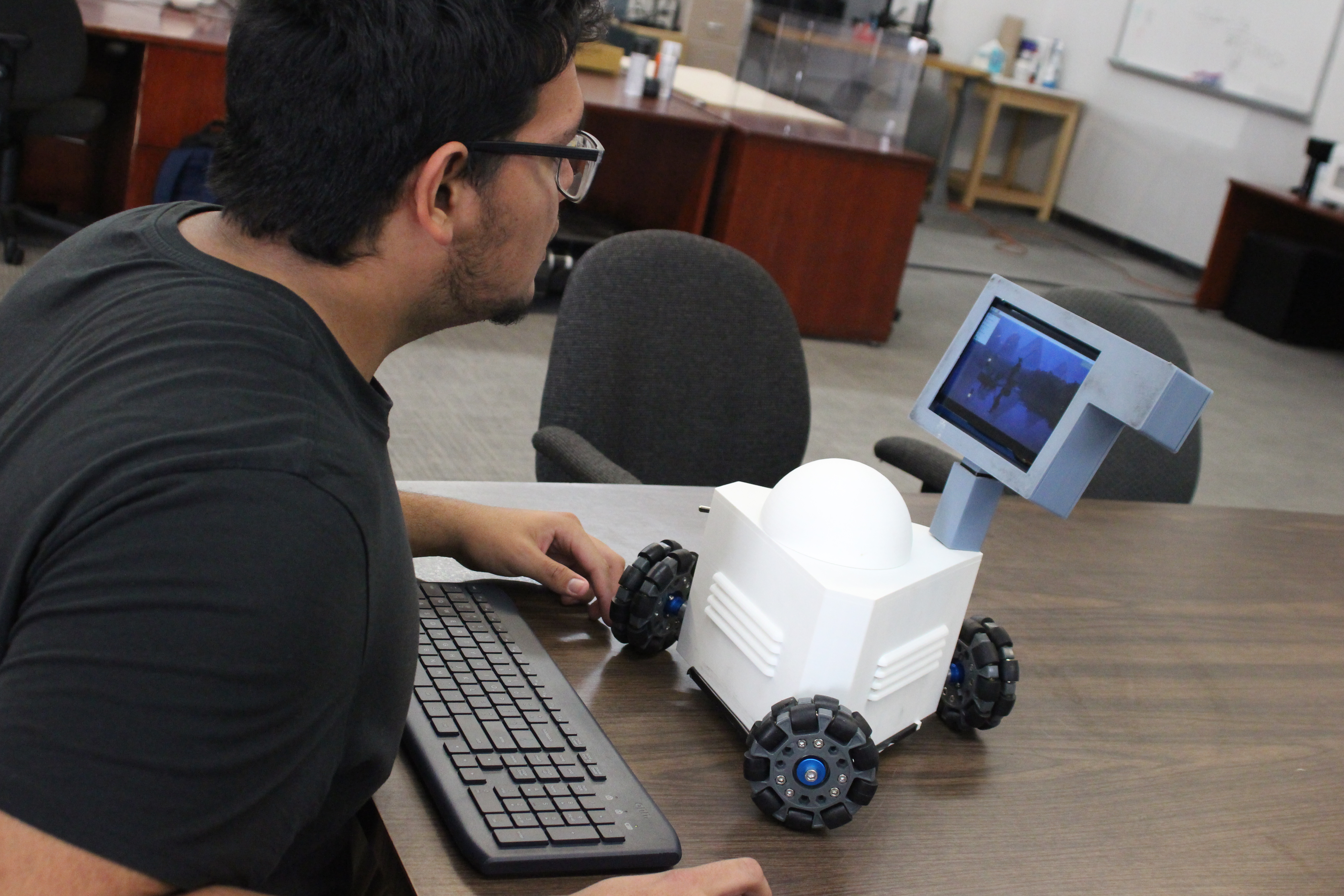Our Solution, The Flying Squirrel
The Hamster ended up being larger than initially anticipated, and its motion was limited to two-dimentional movement. Our team's solution is The Flying Squirrel. The purpose is to replicate the same function of The Hamster, to help patient's rebuild their motor control through motions and a small amount of force, while adding the ability to lift upwards. Using three cables connected to anchors, The Flying Squirrel will be able to smoothly glide across a table with higher accuracy in position tracking than The Hamster had. A lead screw on the back of the robot, along with two support rods with linear bearings on either side of the handle, will allow the robot to extend up to a foot above its starting position. It will feature several programs for the user to select to mimic simple motions, or more complex movements of the arm, like eating from a bowl of soup. During its use, the patient will push against the movement of the robot during these programs, helping rebuild strength and control in their arms. Special sensors inside the robot will be able to adjust the force it outputs against the user as needed. Its smaller profile also allows for easier storage and transport, and will help reduce the cost of each device. Pictured to the left is our final CAD design that we will be moving forward with.
.png)



